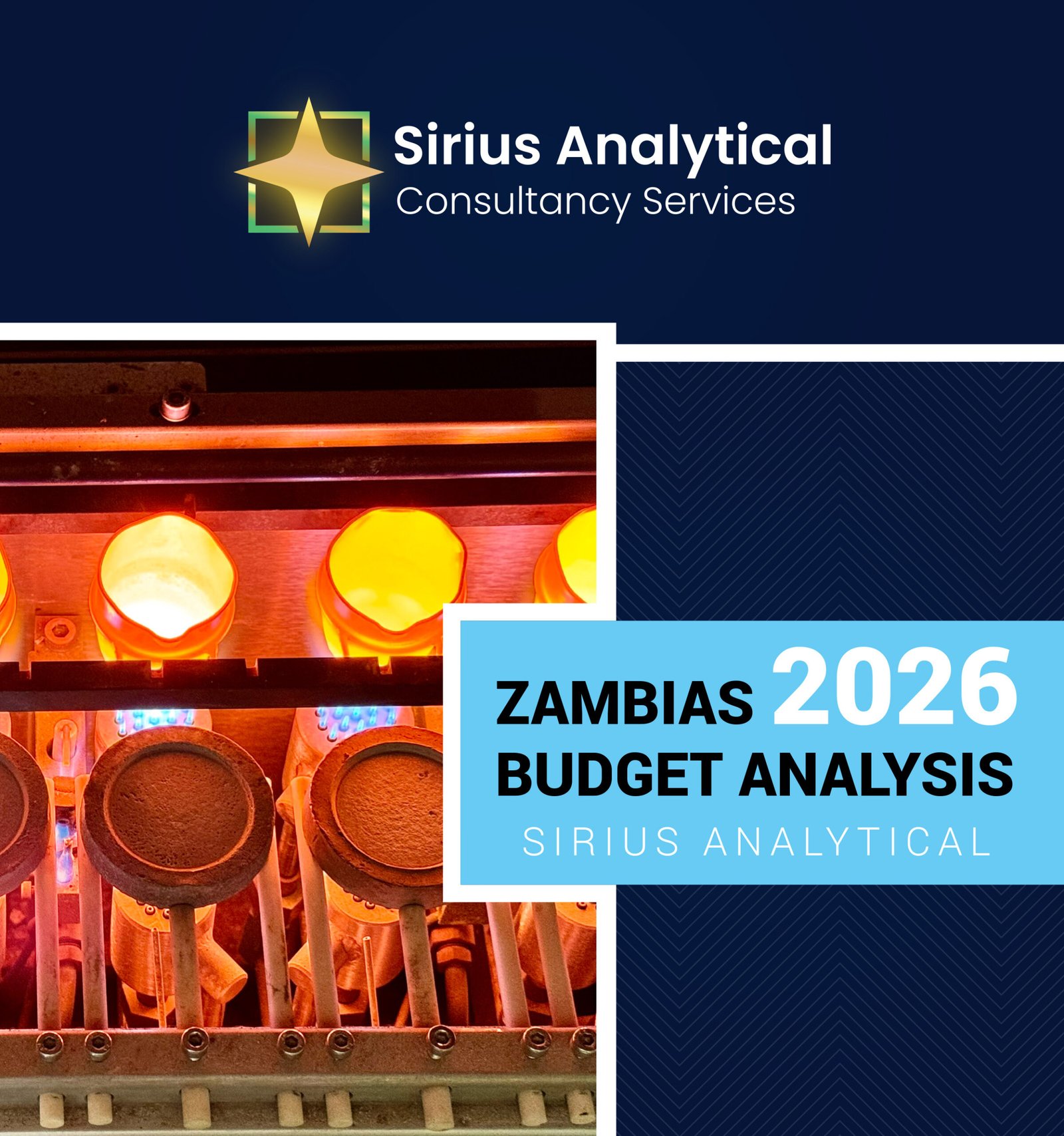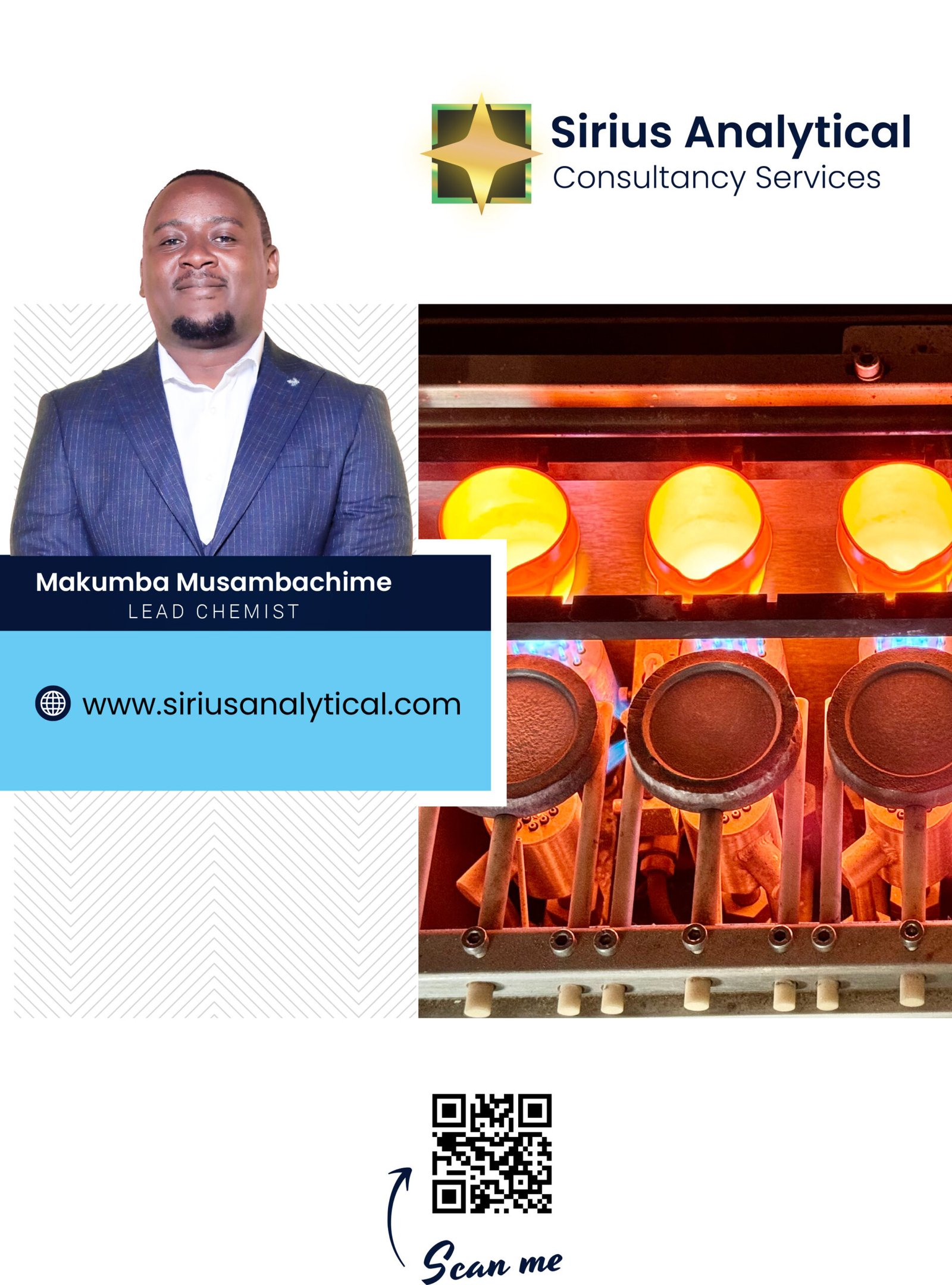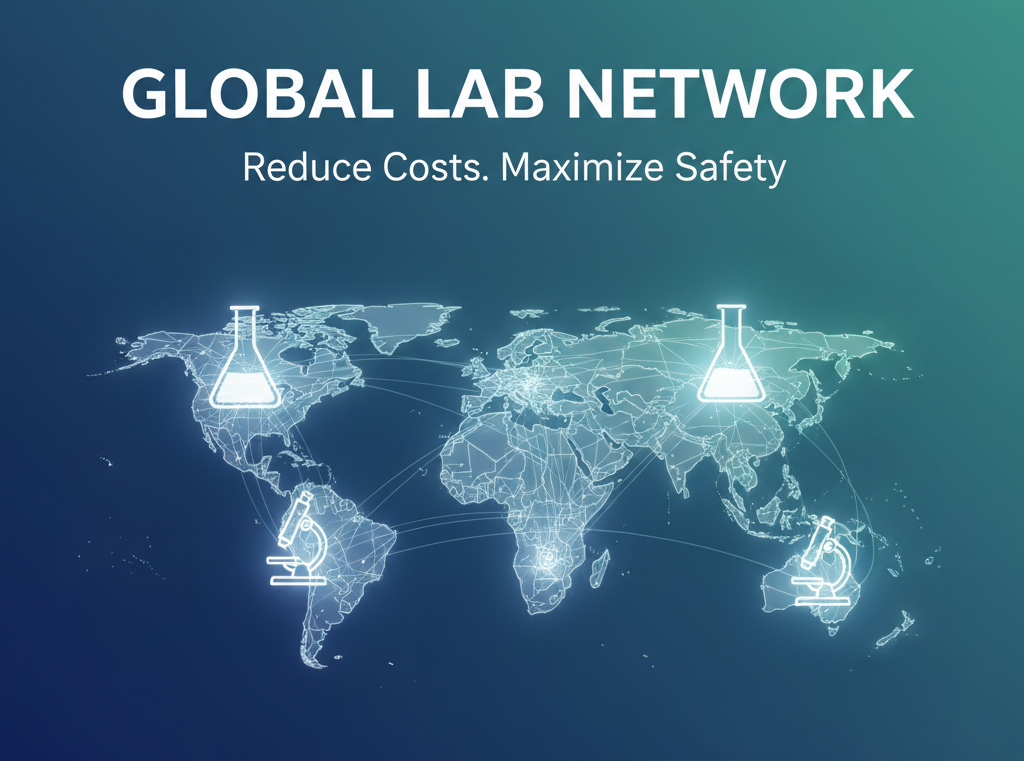Zambia 2026 Budget Analysis For Mineral Analysis Labs And Suppliers.

Executive Summary
Zambia’s 2026 budget is explicitly anchored on accelerating mining-led growth while maintaining fiscal consolidation. The budget increases overall expenditure to K253.1 billion and projects stronger GDP growth driven by mining expansion; concurrently, Zambia remains under an IMF program with conditionalities that can influence timing and modality of public spending. New and updated mining legislation, stronger local-content drives and dedicated funds for geological mapping and artisanal mining create structural demand for laboratory services (assay, geochemical, environmental and valuation testing) for green and brown field projects. For mineral-analysis providers this is a clear market window: higher sample volumes (especially copper and critical minerals), more public tenders for lab services and an increased need for in-country accredited testing, quality assurance and local-content compliance services — but procurement/payment timing, forex/import constraints and capacity gaps pose real execution risk.
Budget Highlights
1. Total proposed expenditure for 2026 is K253.1 billion.
2. Copper production is expected to reach 1,000,000 metric tonnes by year end.
3. Average copper prices have increased by $1,000 annually over the previous year.
4. Gold currently trades at record highs above $3,600 per ounce.
5. Since 2023, 1,498 artisanal mining licences have been issued.
7. Gold, gemstones, and manganese are major contributors to mining revenues for artisanal miners.
8. Introduction of the Minerals Regulation Commission Act establishes a new regulatory authority.

Key budgetary and policy factors relevant to mineral analysis
- Government proposed spending of 1 billion for 2026 in a mining growth budget. Favorable metal prices for copper and gold and proposed new regulatory framework has allowed for mining expansion and related investments implying larger fiscal allocations and private investment activity in mining projects. This supports increased sample throughput and more demand for lab services across exploration, production and environmental compliance.
- Zambia’s Extended Credit Facility remains active with recent short extensions from the IMF and will require fiscal discipline to meet This improves macro stability in the short term but can impose conditionalities that shape the pace and structure of public procurement and disbursements of funds for government funded aerial geological survey and artisanal mining allocations
- Recent legal reforms, Minerals Regulation Commission Act, strengthen the state’s role in mineral regulation and create new institutional mandates including for geological surveying which is already at 34% and should be extended to laboratory regulation by developing a framework that allows for estimation of minerals that leave the country as a This will raise requirement for accredited, transparent, locally-based testing capacity used for valuation, royalties, and compliance.
- Large private plans for copper and other minerals expansion and starting operations are under way due to favorable metal prices and policy framework and these will need partner labs for exploration assays, metallurgical testwork, process control, and environmental
What this means for mineral analysis labs — demand and timing
- Increase in demand for assay services tied to exploration drill programs and feasibility work for projects coming online; tenders for government-sponsored geological surveys and artisanal mining support may be Due to IMF conditions and stringent procure- ment processes, this may delay budget cycles fund disbursement and may not be achieved within one year budget run.
- Continuing growth in routine testing for production monitoring such as process control assays as mines rump up production will raise the need for accredited valuation testing used in royalty and export certification as regulatory enforcement tightens due to the new minerals regulation commision act.
- Service mix that will be most in demand: rapid assay turnaround, accredited ISO/ILAC testing (ISO 17025), mobile sampling and chain-of-custody solutions, metallurgical test- work, environmental chemistry and heavy metals analysis, and proficiency test- ing/round-robin services for quality assurance, and general lab training
Opportunities
- Regulatory reforms and emphasis on local content create prospects for ISO 17025 accred- itation support, internal audits, proficiency testing, and turnkey laboratory solutions
- Funded geological initiatives and small-scale mining programmes generate contracts for baseline analysis and mapping.
- The issuance of 1,498 artisanal mining licences opens a structured minerals market- place benefiting artisanal miners’ roles in the value
- Value-added offerings, such as gold purity and copper grade estimation, can empower artisanal miners’ market
- Project developers will favour near-site laboratories to reduce turnaround time and logistics risk.
- There is increasing demand for integrated local services, including reagent supply, labo- ratory maintenance, sample analysis, and logistics, supporting local supplier obligations and mitigating reliance on foreign vendors.
- The market for skilled laboratory personnel is
Risks & mitigation measures arising from the budget
- Government fund disbursement delays & slow tender procedures. Phased delivery tied to milestones is already in place, hybrid public-private financing proposals, and offering private sector pilots that can be scaled with public funds later.
- Forex risks and government rule to pay in local currency will impose undue pressure on suppliers and create import bottlenecks for reagents and instruments.This sector can be exempted to hold stock and pay in USD. This can be mitigated further by holding critical stocks locally which will require space and safety considerations. Further, establishing local distribution relationships with suppliers of consumables and reagents can mitigate this risk further.
- Insufficient information on budget allocations and opportunities for locally trained labora- tory personell. This can be mitigated by tailor made commucation charters that target laboratory personell in societies, labs and universities. Information desemintion that can reach artisanal miners in in different parts of the country about pricing for gold and copper will add value to a disorganised market system.
- Reputational damage from inconsistent quality assurance. This can be improved by obtaining and advertising international accreditation such as ISO17025, running and proficiency testing. The accreditation status immediately imposes a system that is ade- quately vetted by professionals.
Conclusion
The 2026 budget prioritises mining as Zambia’s main engine for growth, focusing on formalising the sector through new artisanal mining licences and geological mapping. A revised mineral regulation act will address taxation and create a fair market for all mining participants.
These steps offer a very good start to a progressive framework that can be built on every year through strong collaboration between government, private sector, and communities to support sustainable and inclusive growth.
Sources
- 2026 Budget Summary/Bulletin (K253.1bn proposed spending)
- Zambia 2026 Budget Speech/Economic Projections Relating to Mining Growth
- EY 2026 Economic Overview (Mining as Growth Anchor)




